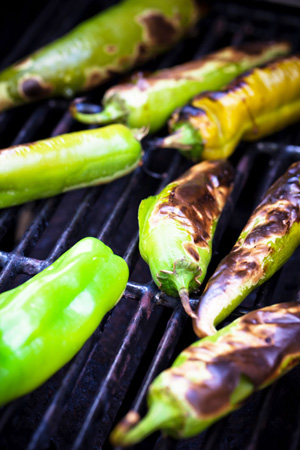Guide E-326
Lisa McKee
College of Agricultural, Consumer and Environmental Sciences, New Mexico State University
Author: Professor Emeritus of Food Service and Technology, Department of Family and Consumer Sciences, New Mexico State University. (Print friendly PDF)
Note: As of 3/15/24, this article is under revision.
© David Gilder | Dreamstime.com.



